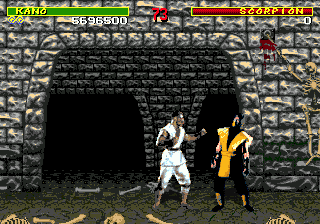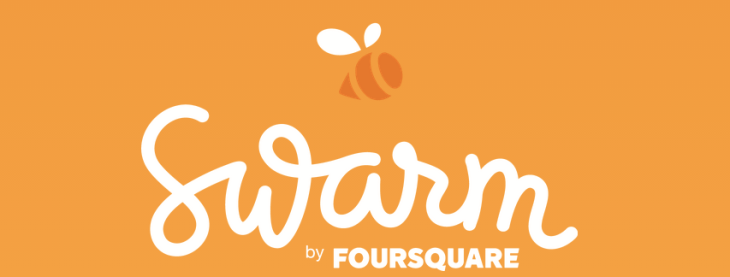Swarm has today launched private messaging within its location-based social network, ditching options to hop out of the app for a call, text message or a Facebook message. With this update also comes the elimination of the Plans tab, where users would be able to post ideas (let’s get a beer) to their friends publicly.
Turns out, that whole system is really awkward.
Of all the friends you’d like to keep track of on Swarm, only a small handful of them are people you want to hang out with at this very moment. Limit that again by proximity and users are left asking 100 people to dinner when they meant to ask one or two.
Direct messaging solves that by offering a private way to ask someone to hang out, as well as a private way to turn someone down. This eliminates any chance of a friend responding to your public plan when you didn’t actually want that specific friend to respond. It also eliminates the possibility that you might be the unwanted friend, responding to a message that was never really intended for you.
[gallery ids="1131647,1131648,1131649,1131650,1131652"]
By keeping these messages private, Swarm product manager Nick Burton believes that users will slowly shift their behavior from checking in and checking on who’s nearby, but actually taking the small step of asking them to hang out or meet up.
“We wanted to get rid of the social pressure to be funny or interesting on public comments,” said Burton. “We think it will bring up the value of neighborhood sharing, which lets you see your friends’ general proximity, and we hope that this will help people start reaching out to their nearby friends a little more often.”
Swarm users can send one-to-one or group messages, or send out a blast to all of their friends as they would have with Public Plans. But instead, all of that lives within a messenger bar at the bottom. Swarm direct messages also show the location the message was sent from.
 When Swarm first launched, ripping the check-in out of Foursquare like a heart in Mortal Kombat, the focus shifted from gamified check-ins to social location sharing. The idea was that you could see where your friends were in relation to your location, through an ambient “Neighborhood Sharing” feature, or explicitly state your location through a check-in, which would lead to easier and more convenient real-life connections.
When Swarm first launched, ripping the check-in out of Foursquare like a heart in Mortal Kombat, the focus shifted from gamified check-ins to social location sharing. The idea was that you could see where your friends were in relation to your location, through an ambient “Neighborhood Sharing” feature, or explicitly state your location through a check-in, which would lead to easier and more convenient real-life connections.
But after Swarm launched, it was left to grow and foster its own behaviors (carefully monitored by the Swarm product team) and focus was given to the launch of the all-new Foursquare, positioned directly across from Yelp in center ring.
After watching that behavior play out, the team seems to be putting a renewed focus on Swarm as a social tool, as opposed to a gamified system. Of course, the stickers will remain and will prove to be a motivating tool for the app (especially for users transitioning from the old Foursquare). But an even greater reward for the user is an app that facilitates real-life connections.
Matching the app to user behavior will no doubt be difficult, especially given all the past failures of mobile social planning, but it seems that Swarm is making meaningful changes to the way it thinks about Swarm’s path.
